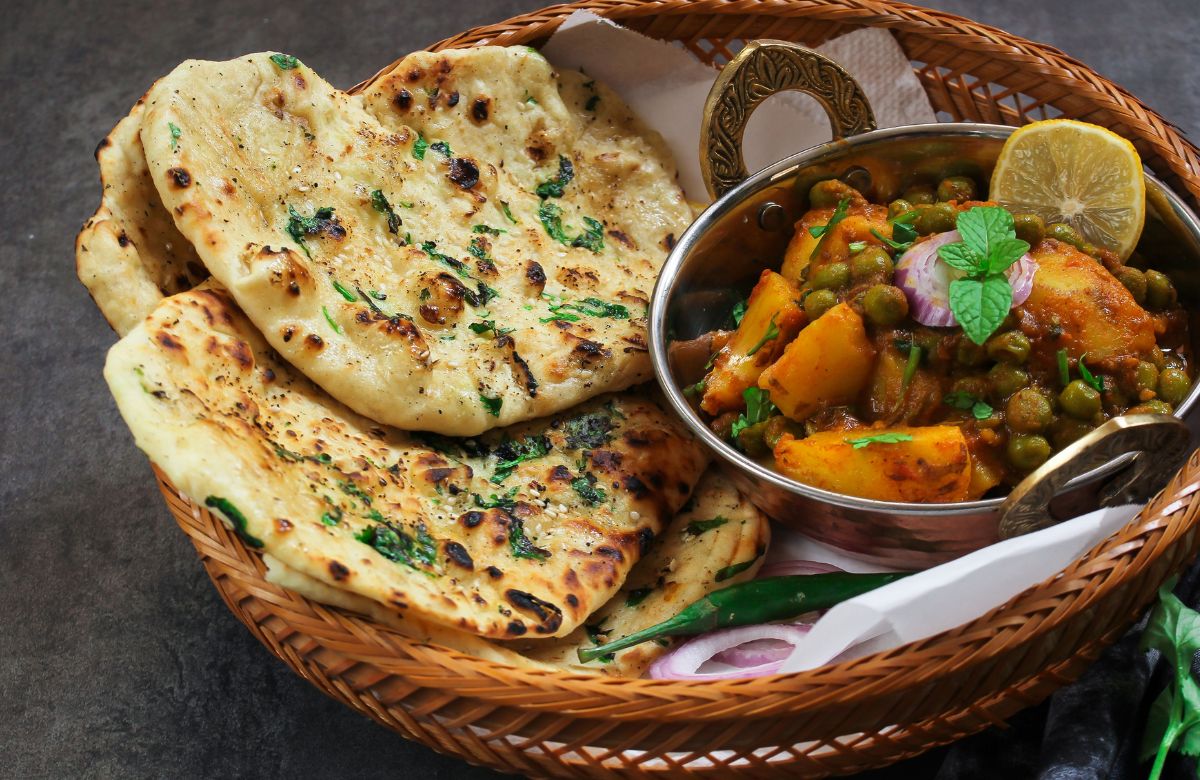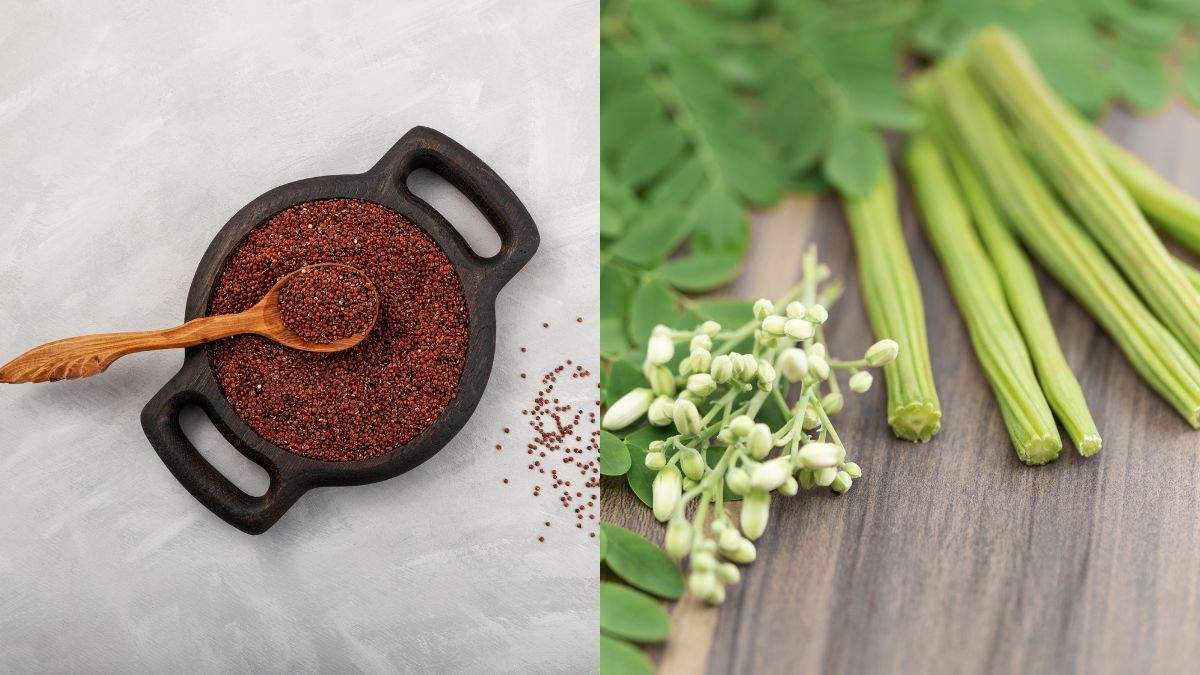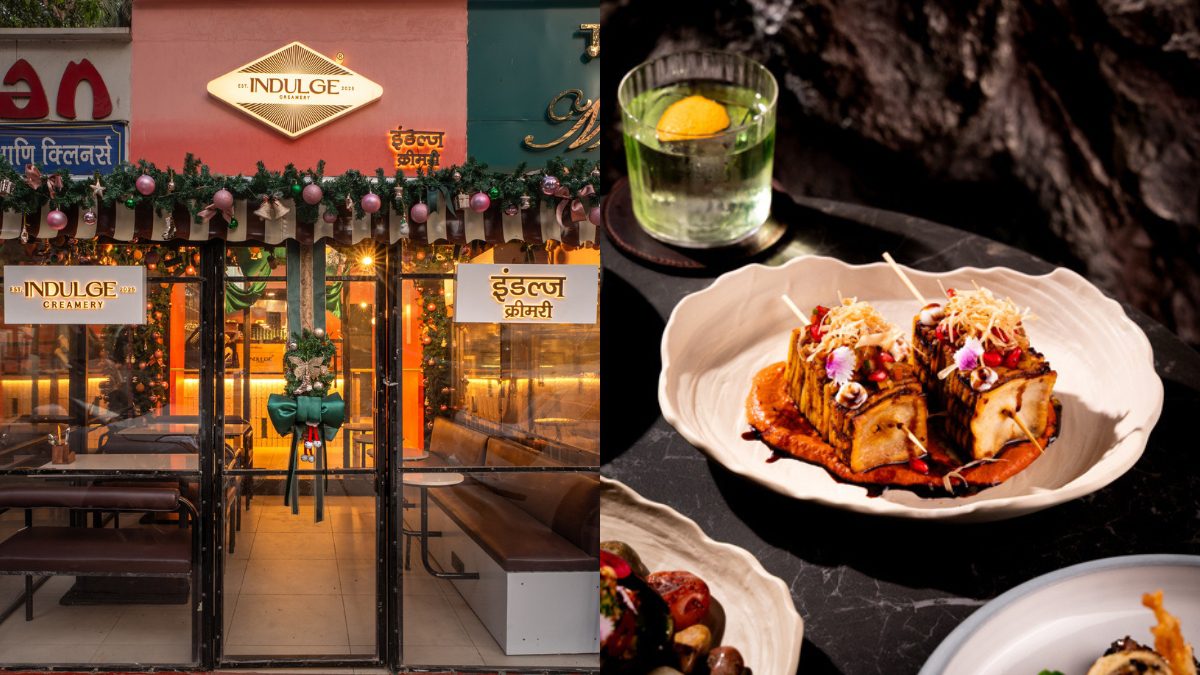Our relationship with food is deep and complex. They are linked to memories and provide emotional solace. And just like human beings, food has a long history. Each cuisine has unique cultural, political, and geographic factors that gave rise to its current form. Similarly, beyond its immediate consequences on the lives of millions, the India-Pakistan partition significantly transformed Indian cuisine and cooking styles forever. As borders were redrawn and millions of people migrated across the newly created boundaries, the culinary landscape of both India and Pakistan is filled with stories to tell.
Significant Cooking Shifts In Indian Cuisine
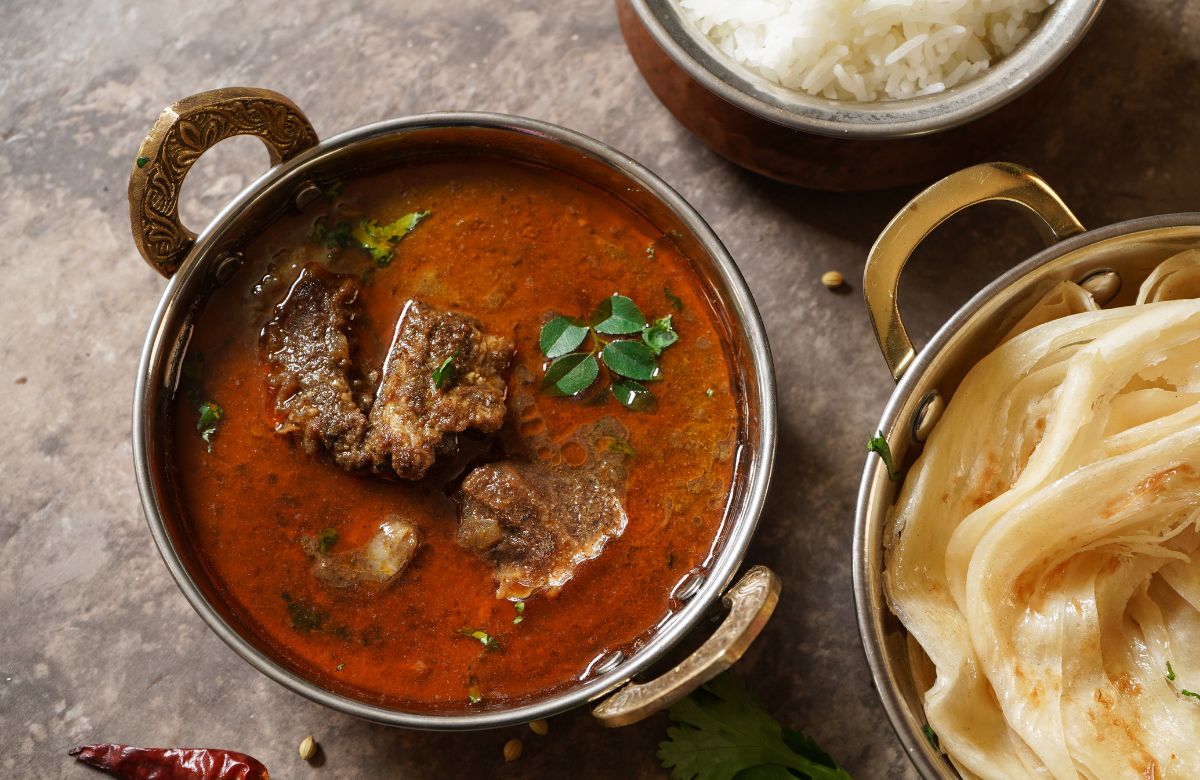
As people migrated, they carried their culinary heritage with them, passing down recipes from generation to generation. “The partition led to significant shifts in cooking techniques and ingredients in the cuisine of both India and Pakistan. The division resulted in the separation of regions that had their unique culinary traditions. This had an impact on the availability of ingredients and the preservation of traditional cooking techniques,” shares Chef Ananda Solomon, CEO of Bharat Excellensea, Mumbai’s 34-year-old seafood restaurant.
After the partition, certain ingredients were readily available in one country. “For instance, India, with its diverse agricultural regions, had better access to certain spices, vegetables, and fruits, while Pakistan, with its fertile lands, had easier access to specific grains and produce. This influenced the dishes, commonly prepared in each country,” explains Chef Solomon.
“The exchange of culinary influences after the partition led to the fusion of flavours and the emergence of new dishes. Both Indian and Pakistani cuisines have experienced some level of fusion with ingredients and cooking techniques borrowed from neighbouring regions and cultures,” he tells. As a result, certain dishes and cooking techniques became more pronounced in specific regions within India and Pakistan.
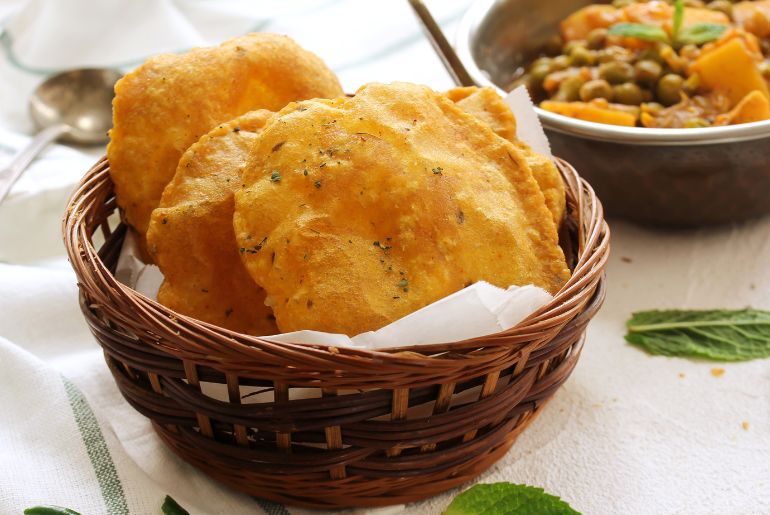
And that’s why, the cuisines of India and Pakistan have continued to evolve independently. While still sharing some common elements rooted in their historical connections.
Also Read: Motichoor Laddoos Have An Important Connection With India’s 1st Independence Day. Read Inside
The New Face Of Regional Culinary Practices
The once-distinctive styles of cooking from different regions began to intermingle. As people migrated they also kept their own regional cooking traditions alive, “As people migrated to their respective countries, they brought with them their traditional recipes and cooking techniques. This resulted in the continuation of regional dishes and cooking methods. The culinary practices were alive within the newly formed countries too,” he tells.
“The partition created an environment where culinary fusion and innovation thrived,” Chef brings to note. “The exchange of culinary influences, along with regional pride and identity, contributed to the rich and diverse culinary landscapes we see in the subcontinent today.”
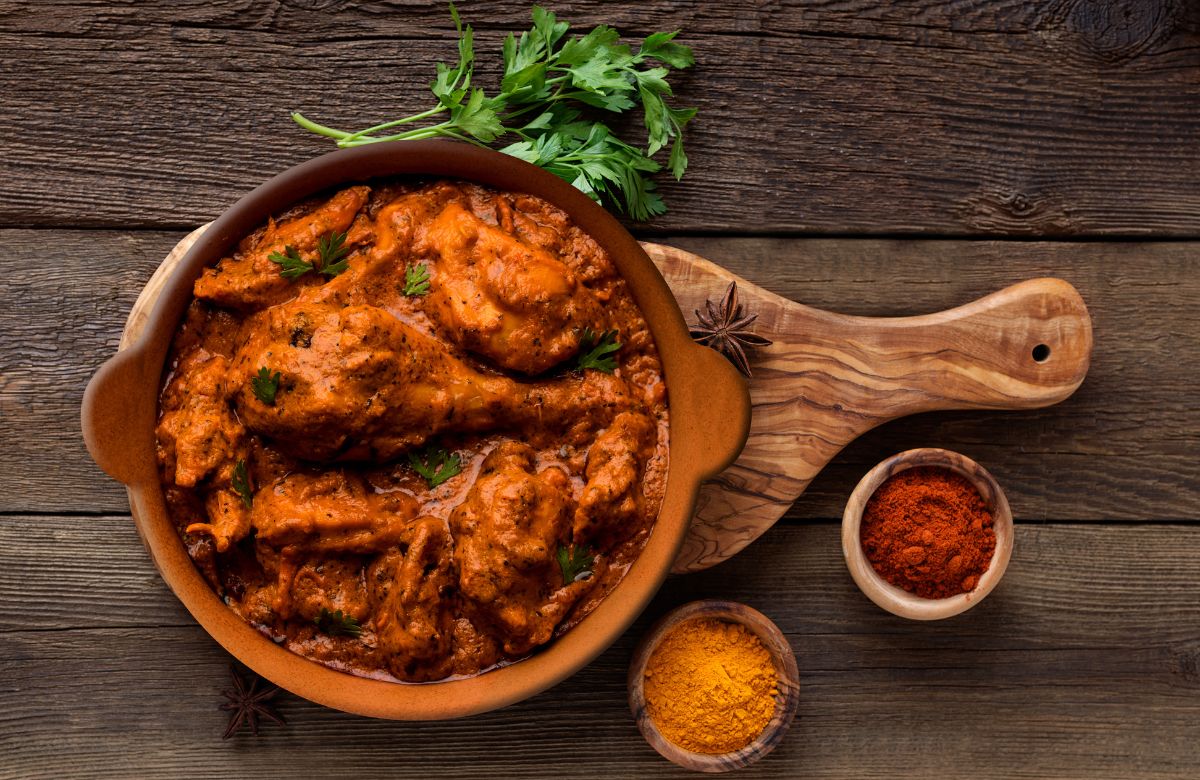
For example, North Indian cuisine experienced a significant transformation post-partition. Especially Mughlai cuisine. “Back then, Mughlai dishes were prepared using slow cooking methods, with a focus on aromatic spices like saffron, cardamom, and cinnamon. Now with evolution over the years, while the core essence of aromatic dishes remains, a lot of modifications came into being,” he enlightens.
However, people continued to cherish and promote their traditional dishes. Hence, the establishment of regional culinary identities that are still celebrated today. “The exchange of culinary influences, along with regional pride and identity, contributed to the rich and diverse culinary landscapes we see in the subcontinent today.”
Certain Dishes Held Prominence
Chef Solomon goes on to explain how the smoky flavours of tandoor-cooked dishes came into many homes in the north. Additionally, gravy-based curries saw the gradual decline of hand-ground spices and clay pots, restoring to pre-ground spice mixes and pastes.
Even, the partition led to the development of distinct culinary preferences and some regional dishes that became more prevalent in one country but were not as common in the other.
“In India, Paneer Butter Masala, Chole Bhature, Idli and Dosa and sweets like rasgulla, Sandesh, and gulab jamun held supremacy. In Pakistan, Nihari, Chapli Kebab, Haleem and Seekh Kebabs became more prevalent,” tells Chef Solomon. “Even the street food culture of the Indian subcontinent, including dishes like chaat, samosas, and pakoras, has become a symbol of the region These popular street foods are enjoyed in both India and Pakistan, often with slight regional variations.”
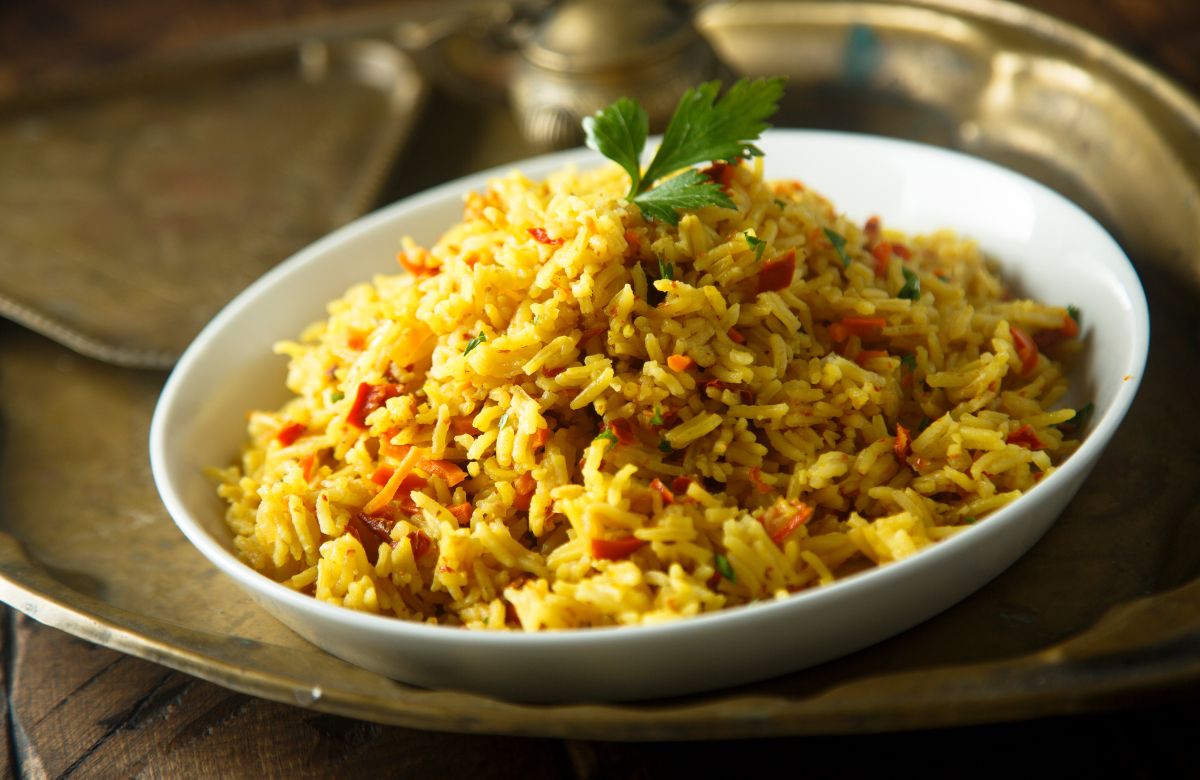
However, he draws an important parallel in the dishes of both countries, “Many spice blends are same in both countries. Yet the specific combinations and ratios of spices may differ, giving dishes a distinct flavour in each country.”
As the flavours of India and Pakistan continue to stand out yet the blending of regional traditions, and the fusion of flavours create a rich tapestry of dishes. They continue to define the gastronomic identity of both India and Pakistan
Cover image credits: Canva
First Published: August 04, 2023 6:09 PM
